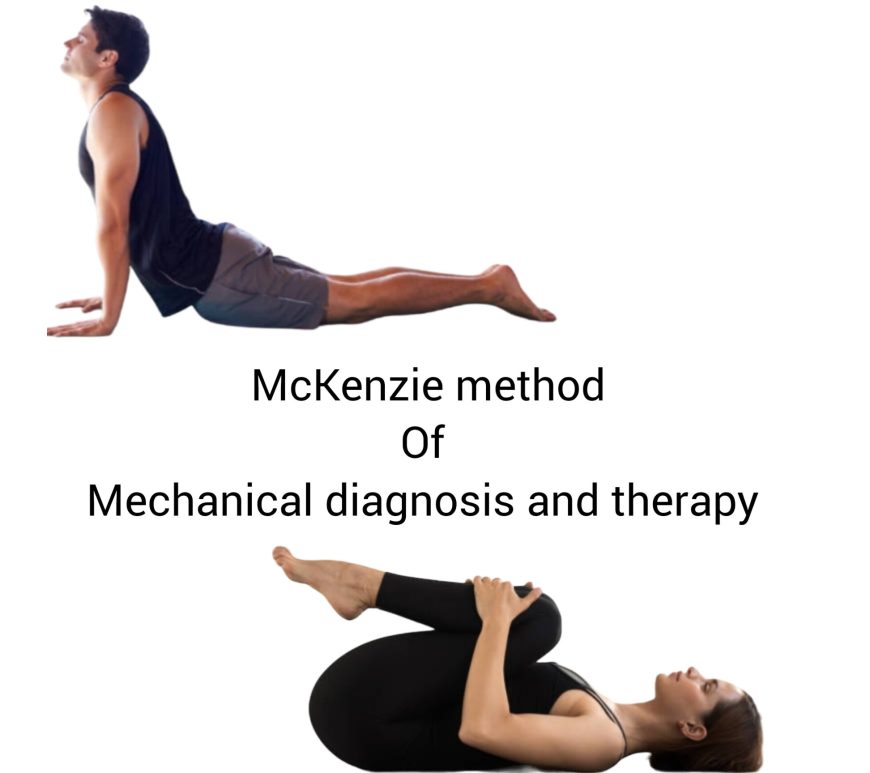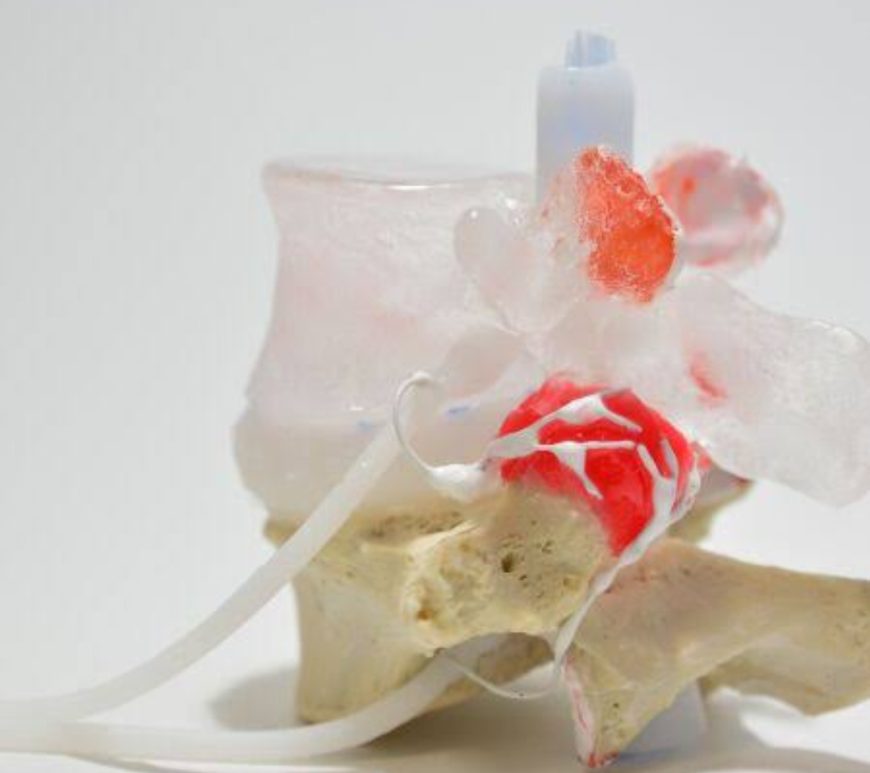
Part 4- Evidence behind McKenzie method of mechanical diagnosis and therapy
Directional preference research: Wernecke et al. (2011) define directional preference as either (1) a specific direction of trunk movement or posture observed during the physical examination or (2) a specific aggravating or easing factor reported by the patient during the subjective history that alleviates or decreases the patient’s pain, with or without the pain moving or increasing the patient’s lumbar ROM. It is possible for … Continue reading Part 4- Evidence behind McKenzie method of mechanical diagnosis and therapy
